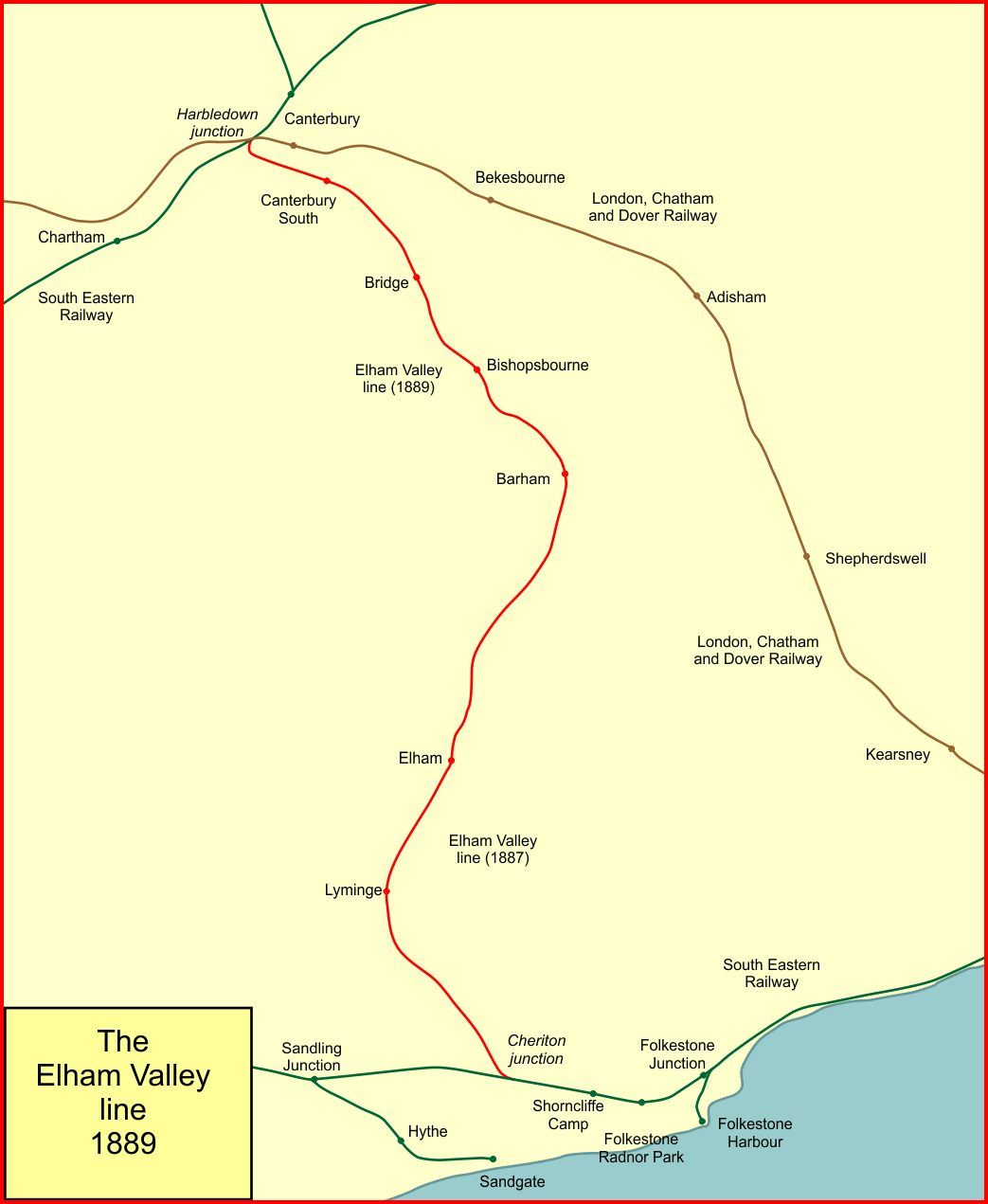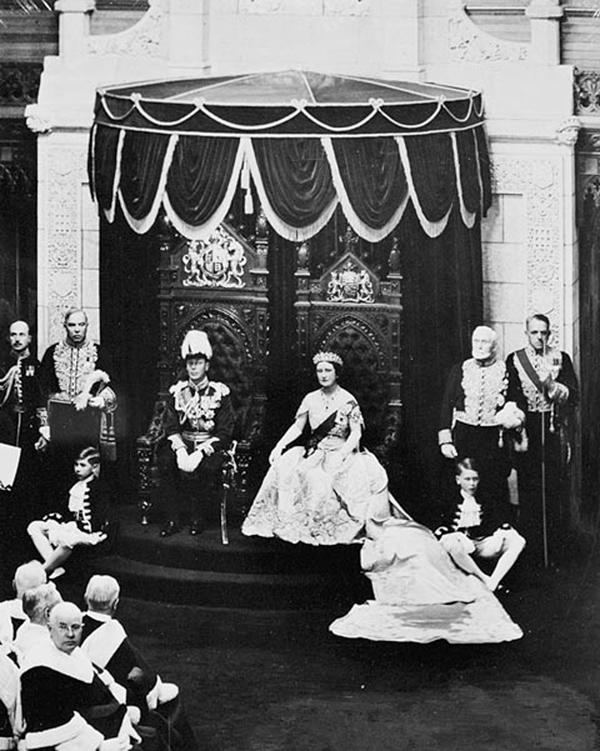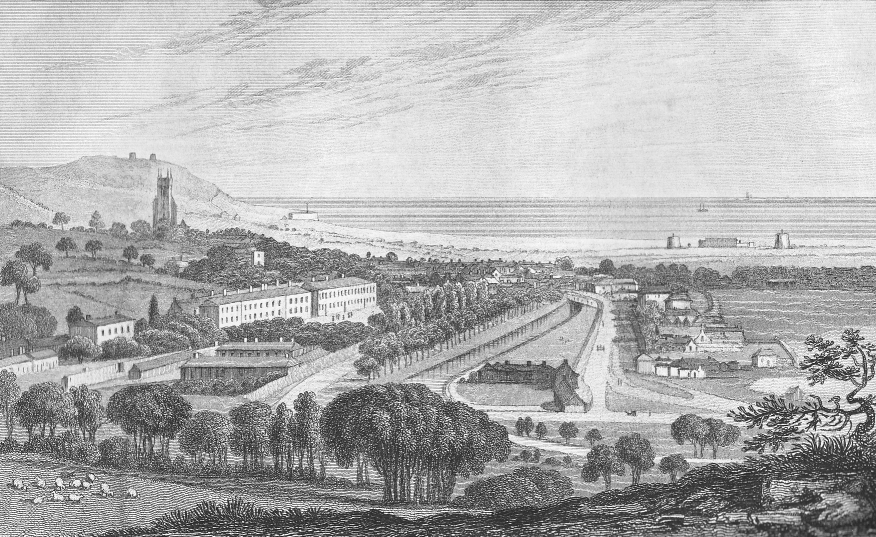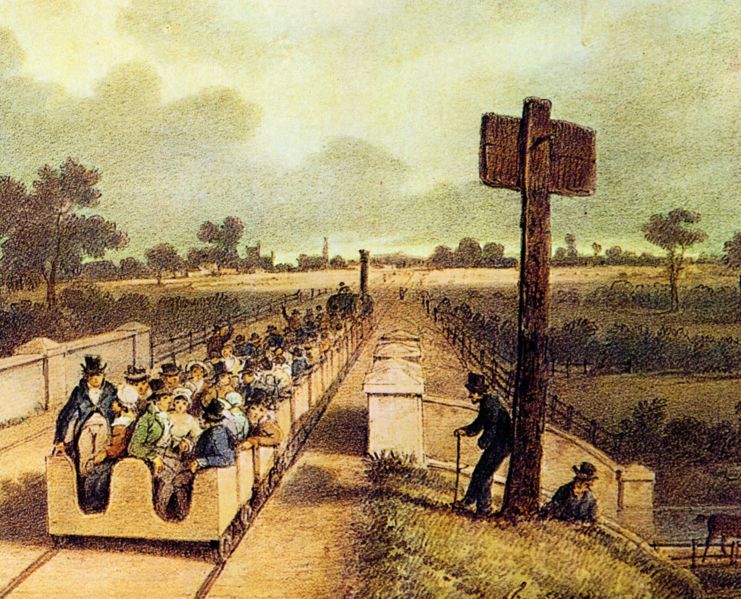|
Elham Valley Railway
The Elham Valley Railway was a line connecting Folkestone and Canterbury in Kent, England. It opened between 1887 and 1889 and closed in 1947. The line was originally proposed by the independent Elham Valley Light Railway Company in the mid-19th century. After the project was cancelled owing to financial difficulties, it was revived by the South Eastern Railway (England), South Eastern Railway who were competing with the rival London, Chatham and Dover Railway for railway traffic. The scheme was complicated by the imposing geography of the Elham Valley and the construction of two significant tunnels. The southern section from Cheriton, Kent, Cheriton to Barham, Kent, Barham opened in 1887, with the northern section to Canterbury opening two years later. The Elham Valley Railway was never commercially successful as it passed through predominantly rural areas. During World War II it was appropriated by the War Department (United Kingdom), War Department who used it for defence, i ... [...More Info...] [...Related Items...] OR: [Wikipedia] [Google] [Baidu] |
Kent
Kent is a Ceremonial counties of England, ceremonial county in South East England. It is bordered by Essex across the Thames Estuary to the north, the Strait of Dover to the south-east, East Sussex to the south-west, Surrey to the west, and Greater London to the north-west. The county town is Maidstone. The county has an area of and had population of 1,875,893 in 2022, making it the Ceremonial counties of England#Lieutenancy areas since 1997, fifth most populous county in England. The north of the county contains a conurbation which includes the towns of Chatham, Kent, Chatham, Gillingham, Kent, Gillingham, and Rochester, Kent, Rochester. Other large towns are Maidstone and Ashford, Kent, Ashford, and the City of Canterbury, borough of Canterbury holds City status in the United Kingdom, city status. For local government purposes Kent consists of a non-metropolitan county, with twelve districts, and the unitary authority area of Medway. The county historically included south-ea ... [...More Info...] [...Related Items...] OR: [Wikipedia] [Google] [Baidu] |
Folkestone Central Railway Station
Folkestone Central railway station is on the South Eastern Main Line in England, and is the main station serving the town of Folkestone, Kent. It is down the line from London Charing Cross. All trains that call are operated by Southeastern. History The South Eastern Main Line reached Folkestone in 1843, with a station being opened at Folkestone Junction (Folkestone East) on 18 December 1843. Folkestone West was then opened in 1863, with a station named ''Cheriton Arch'' being provided between the two on 1 September 1884. The name ''Radnor Park'' was adopted in 1886, and for a few years with just two platform faces, the station was rebuilt in 1890 to add a bay. The station was renamed ''Folkestone Central'' in 1895. The station was rebuilt at the time of the route's electrification in 1961 with two island platforms, linked by a subway and with ramps leading up from the ticket office and concourse, which is itself above street level (an approach road and accompanying ped ... [...More Info...] [...Related Items...] OR: [Wikipedia] [Google] [Baidu] |
Edward Watkin
Sir Edward William Watkin, 1st Baronet (26 September 1819 – 13 April 1901) was a British Member of Parliament and railway entrepreneur. He was an ambitious visionary, and presided over large-scale railway engineering projects to fulfil his business aspirations, eventually rising to become chairman of nine different British railway companies. Among his more notable projects were: his expansion of the Metropolitan Railway, part of today's London Underground; the construction of the Great Central Main Line, a purpose-built high-speed railway line; the creation of a pleasure garden with a partially constructed iron tower at Wembley; and a failed attempt to dig a Channel Tunnel under the English Channel to connect his railway empire to the French rail network. Early life Watkin was born in Salford, Lancashire, the son of wealthy cotton merchant Absalom Watkin,. After a private education, Watkin worked in his father's mill business. Watkin's father was closely involved ... [...More Info...] [...Related Items...] OR: [Wikipedia] [Google] [Baidu] |
Royal Assent
Royal assent is the method by which a monarch formally approves an act of the legislature, either directly or through an official acting on the monarch's behalf. In some jurisdictions, royal assent is equivalent to promulgation, while in others that is a separate step. Under a modern constitutional monarchy, royal assent is considered little more than a formality. Even in nations such as the United Kingdom, Norway, the Netherlands, Liechtenstein and Monaco which still, in theory, permit their monarch to withhold assent to laws, the monarch almost never does so, except in a dire political emergency or on advice of government. While the power to veto by withholding royal assent was once exercised often by European monarchs, such an occurrence has been very rare since the eighteenth century. Royal assent is typically associated with elaborate ceremony. In the United Kingdom the Sovereign may appear personally in the House of Lords or may appoint Lords Commissioners, who anno ... [...More Info...] [...Related Items...] OR: [Wikipedia] [Google] [Baidu] |
44 & 45 Vict
44 may refer to: * 44 (number) * one of the years 44 BC, AD 44, 1944, 2044 Military *44M Tas, a Hungarian medium/heavy tank design of World War II *44M Tas Rohamlöveg, a Hungarian tank destroyer design of World War II, derived from the 44M Tas tank * 44th Regiment of Foot a British Infantry Regiment(East Essex). Other uses *"Forty-Four", a blues standard *Forty-Fours, a group of islands in the Chatham Archipelago *Forty Four, Arkansas, an unincorporated community in Izard County, Arkansas * ''44'' (album), a 2020 quadruple album by Joel Plaskett *"44", a song by Bad Gyal featuring Rema from '' Warm Up'' *"Forty Four", a song by Karma to Burn from ''Appalachian Incantation'' * .44 caliber, a family of firearms and firearm cartridges ** .44 Special, a revolver cartridge ** .44 Magnum, a large revolver cartridge evolved from the .44 special *44 Nysa, a main-belt asteroid *DAF 44, a small family car *The international calling code for United Kingdom * Barack Obama, the 44th Presiden ... [...More Info...] [...Related Items...] OR: [Wikipedia] [Google] [Baidu] |
James Staats Forbes
James Staats Forbes (7 March 1823 – 5 April 1904) was a Scottish railway engineer, railway administrator and art collector. He was father of the zoologist William Alexander Forbes, and the uncle of the painter Stanhope Alexander Forbes and the railway manager William Forbes (railway manager), William Forbes. Life Forbes was born on 7 March 1823 in Aberdeen, in Scotland, the first of six children of James Staats Forbes and his wife Ann, ''née'' Walker. He went to school in Woolwich, and in 1840 was taken on as a drafter, draughtsman in the office of Isambard Kingdom Brunel, at that time chief engineer of the Great Western Railway. In 1841 Forbes joined the Great Western as a clerk, and in a short time rose to goods manager. On 20 August 1851, he married Ann Bennett, with whom he had two sons and two daughters; she died in 1901. He died at his London home, Garden Corner, 13 Chelsea Embankment, Chelsea, London, Chelsea, on 5 April 1904. He was buried at West Wickham in Kent ... [...More Info...] [...Related Items...] OR: [Wikipedia] [Google] [Baidu] |
Newington, Folkestone & Hythe
Newington is a village and civil parish in the English county of Kent located north-west of Folkestone. It gives its name to Newington Parish Council, which has five councillors, and includes the hamlets of Arpinge and Beachborough. The village lies to the north of the M20 motorway and the A20 road; the Channel Tunnel The Channel Tunnel (), sometimes referred to by the Portmanteau, portmanteau Chunnel, is a undersea railway tunnel, opened in 1994, that connects Folkestone (Kent, England) with Coquelles (Pas-de-Calais, France) beneath the English Channel at ... complex is nearby. The ecclesiastical parish was known as ''Newington-next-Hythe'', the latter town being to the south-west; the parish church is dedicated to St Nicholas. Nearby there used to be a 13th-century Augustinian priory, founded in 1253 by Sir John Maunsell, who became a counsellor of King Henry III. The parish includes the hamlet of Peene which was joined to the Elham Valley Railway. Although no ... [...More Info...] [...Related Items...] OR: [Wikipedia] [Google] [Baidu] |
Hythe, Kent
Hythe () is an old market town and civil parish on the edge of Romney Marsh in Kent, England. ''Hythe'' is an Old English word meaning haven or landing place. History The earliest reference to Hythe is in Domesday Book (1086) though there is evidence of the area having been settled since Roman times. The town has mediaeval and Georgian buildings, as well as a Saxon/ Norman church on the hill and a Victorian seafront promenade. Hythe was once defended by castles at Saltwood and Lympne. Hythe Town Hall, a neoclassical style building, was completed in 1794. Hythe's market once took place in Market Square (now Red Lion Square) close to where there is now a farmers' market every second and fourth Saturday of the month. Hythe has gardening, horse riding, bowling, tennis, cricket, football, squash and sailing clubs. Lord Deedes was once patron of Hythe Civic Society. As an important Cinque Port, Hythe once possessed a bustling harbour which, over the course of 300 years ... [...More Info...] [...Related Items...] OR: [Wikipedia] [Google] [Baidu] |
Market Town
A market town is a settlement most common in Europe that obtained by custom or royal charter, in the Middle Ages, a market right, which allowed it to host a regular market; this distinguished it from a village or city. In Britain, small rural towns with a hinterland of villages are still commonly called market towns, as sometimes reflected in their names (e.g. Downham Market, Market Rasen, or Market Drayton). Modern markets are often in special halls, but this is a relatively recent development. Historically the markets were open-air, held in what is usually called (regardless of its actual shape) the market square or market place, sometimes centred on a market cross ( mercat cross in Scotland). They were and are typically open one or two days a week. In the modern era, the rise of permanent retail establishments reduced the need for periodic markets. History The primary purpose of a market town is the provision of goods and services to the surrounding locality. Al ... [...More Info...] [...Related Items...] OR: [Wikipedia] [Google] [Baidu] |
Statute Law (Repeals) Act 2013
The Statute Law (Repeals) Act 2013 (c. 2) is an act of the Parliament of the United Kingdom which repealed the whole of 817 acts of Parliament, and portions of more than 50 others. It is the largest Statute Law (Repeals) Act which has been recommended by the Law Commission. Enactments repealed in full Schedule 1 listed repeals and revocations. The enactments repealed in full included: Benevolent societies Part 1 listed acts relating to benevolent societies that no longer existed (plus the Philanthropic Society, whose successor Catch22 is now regulated by charity law). * Sutton's Hospital in Charterhouse ** Charterhouse Governors (Quorum) Act 1721 ( 8 Geo. 1. c. 29) ** Sutton's Hospital in Charterhouse Charity Scheme Confirmation Act 1948 ( 11 & 12 Geo. 6. c. v) ** Sutton's Hospital (Charterhouse) Charity Scheme Confirmation Act 1956 ( 4 & 5 Eliz. 2. c. lvi) * Addenbrooke's Hospital ** Addenbrooke's Hospital, Cambridge Act 1767 ( 7 Geo. 3. c. 99) ** Addenbrooke ... [...More Info...] [...Related Items...] OR: [Wikipedia] [Google] [Baidu] |
29 & 30 Vict
9 (nine) is the natural number following and preceding . Evolution of the Hindu–Arabic digit Circa 300 BC, as part of the Brahmi numerals, various Indians wrote a digit 9 similar in shape to the modern closing question mark without the bottom dot. The Kshatrapa, Andhra and Gupta started curving the bottom vertical line coming up with a -look-alike. How the numbers got to their Gupta form is open to considerable debate. The Nagari continued the bottom stroke to make a circle and enclose the 3-look-alike, in much the same way that the sign @ encircles a lowercase ''a''. As time went on, the enclosing circle became bigger and its line continued beyond the circle downwards, as the 3-look-alike became smaller. Soon, all that was left of the 3-look-alike was a squiggle. The Arabs simply connected that squiggle to the downward stroke at the middle and subsequent European change was purely cosmetic. While the shape of the glyph for the digit 9 has an ascender in most modern typefa ... [...More Info...] [...Related Items...] OR: [Wikipedia] [Google] [Baidu] |
Railway Mania
Railway Mania was a stock market bubble in the rail transportation industry of the United Kingdom of Great Britain and Ireland in the 1840s. It followed a common pattern: as the price of railway shares increased, speculators invested more money, which further increased the price of railway shares, until the share price collapsed. The mania reached its zenith in 1846, when 263 Acts of Parliament for setting up new railway companies were passed, with the proposed routes totalling . About a third of the railways authorised were never built—the companies either collapsed because of poor financial planning, were bought out by larger competitors before they could build their line, or turned out to be fraudulent enterprises to channel investors' money into other businesses. Causes The world's first recognizably modern inter-city railway, the Liverpool and Manchester Railway (the L&M), opened in 1830 and proved to be successful for transporting both passengers and freight. In t ... [...More Info...] [...Related Items...] OR: [Wikipedia] [Google] [Baidu] |






